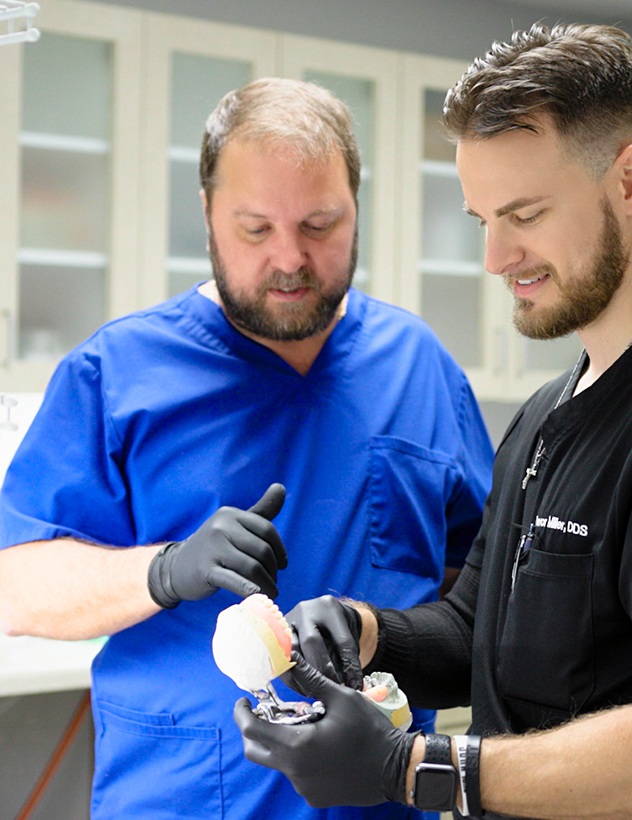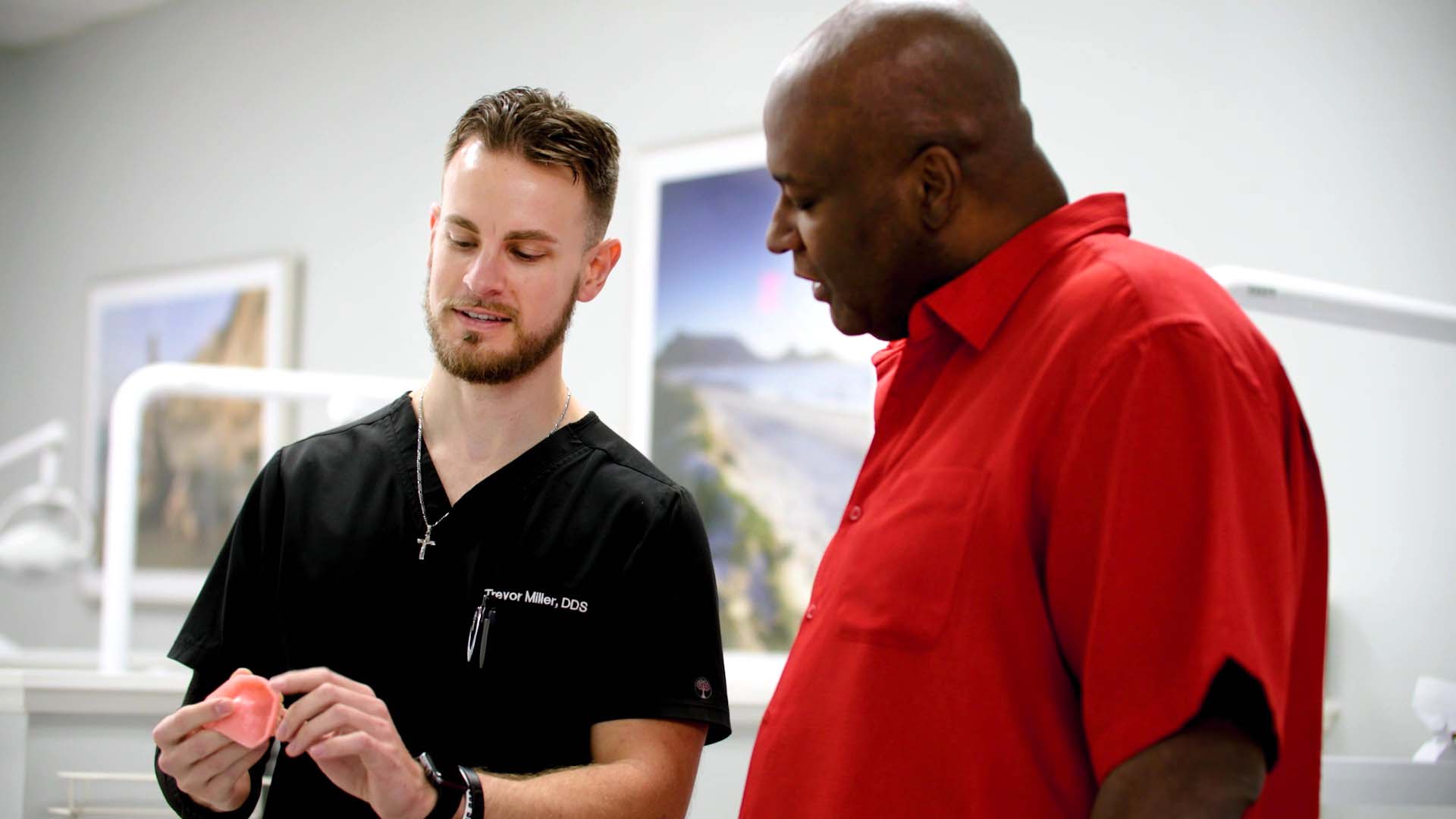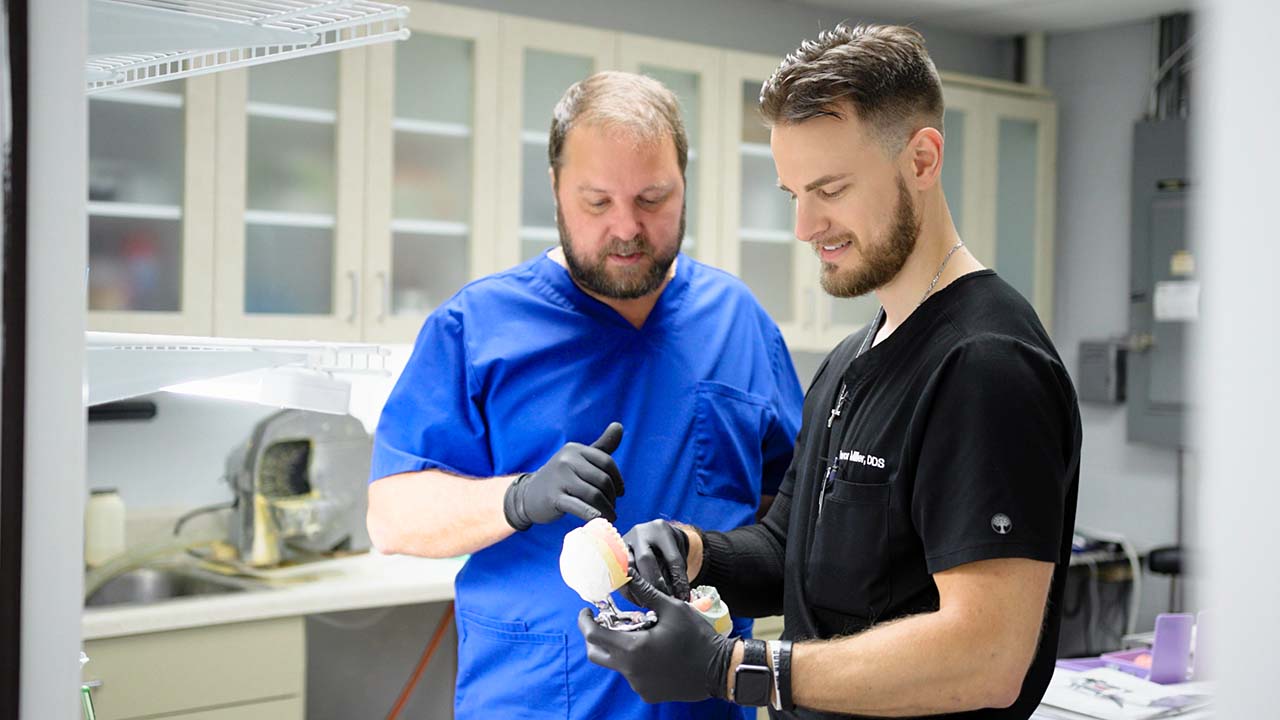Restoring Hope
Is Our Specialty
Restoring Hope Is Our Specialty
Many patients come to us wanting a sparkling smile but aren’t sure if anything can be done to achieve that reality. Our Greater Jacksonville, FL, dentists are here to reassure you that restoration is possible no matter if you choose dental implants or a custom pair of dentures.


Dental Implants
Depending on what you need, our Greater Jacksonville dental implant dentists can place one or multiple titanium posts and top them with natural-looking crowns for a seamless result.


Serving Jacksonville, Orange Park, & Surrounding Areas
Serving Jacksonville, Orange Park, & Surrounding Areas
Need a tooth taken out? Self-conscious about teeth that are already missing? Not a problem. Our team can recommend single-tooth replacement, extractions, full and partial dentures, or even overdentures; a hybrid option combining implants and .










